Visit our showroom : 6 Royan Place, Bayswater North, Victoria 3153
Visit our showroom : 6 Royan Place, Bayswater North, Victoria 3153
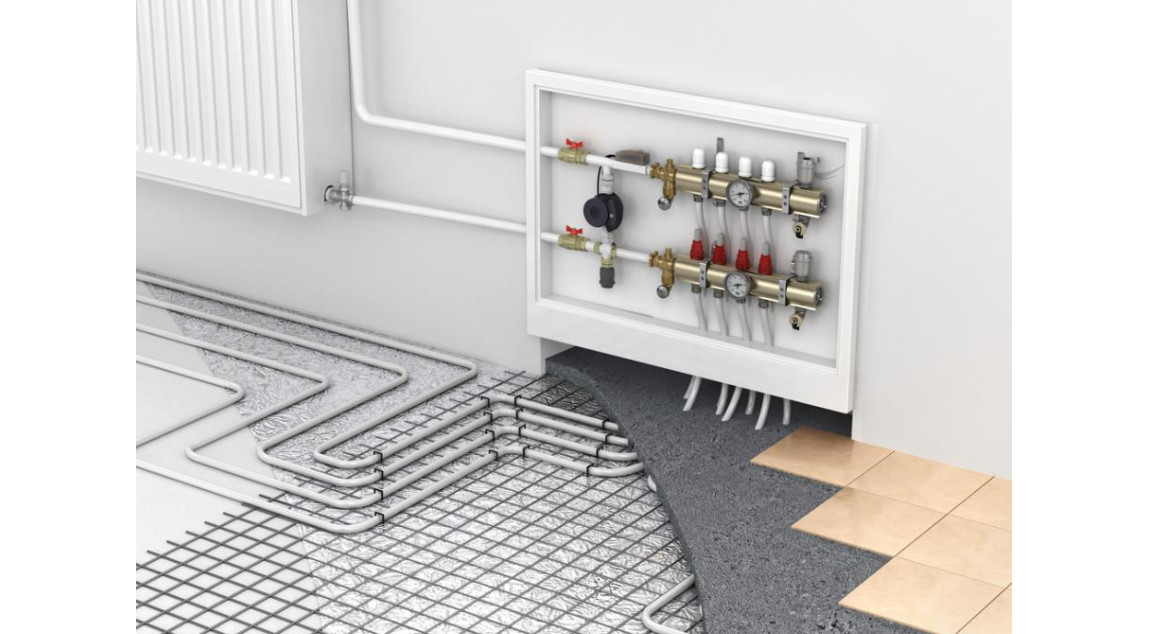
As winter approaches and Melbournians brace for colder nights, everyone needs an efficient and reliable home heating system. Find yourself deciding between hydronic heating and gas ducted heating? Wondering which is a better fit for your home, lifestyle, and budget?
In this guide, we’ll compare both systems side-by-side, taking a look at how they work, installation requirements, costs, and benefits. Hopefully, this info will help you decide which heating method is the right fit.
“Over 2 million Victorians use gas in their homes and businesses – more than any other state or territory.” – EnergySafe Victoria
Although the vast majority of Victorian homes have a gas connection (somewhere in the 80-88% range), the Victorian State Government has made phasing it out one of their key priorities. The Substitution Roadmap is all a part of an effort to reduce fossil fuel and carbon emissions that come from this sector.
This is why, as a homeowner in Victoria, you can access government rebates and incentives to go gas-free and electrify your household. At Maroondah Air, we’ve been helping people all over Melbourne to make the move away from gas with more efficient hydronic and electric based heating systems.
Already familiar with both systems? Feel free to jump ahead to the sections below. Otherwise, here’s a brief explanation of the technology behind both hydronic heating and ducted heating.
Hydronic Heating operates by heating water in a boiler or heat pump, which is then circulated through a network of insulated pipes. These pipes connect to underfloor heating systems, trench boxes, radiators or towel rails, depending on the set up. Rather than blowing hot air into your space, this system radiates gentle warmth through surfaces to create an even and consistent temperature.
This method is based on the principle of radiant heating, which is similar to the way sunlight warms a room. In fact, in a broader sense, this technology actually dates back to the days of Ancient Rome. Despite this, it’s still just as effective and energy-efficient today.
Gas ducted systems heat air via a central gas furnace. Once heated, the air is distributed via a system of ducts to vents or grilles located in different rooms or sections of the property. The system relies on forced air to quickly fill your living space with warmth and can be controlled via a central thermostat or smart home app.
Some gas based systems can be retrofitted with add-on cooling. However, if you’re after something that effortlessly heats and cools on demand, it’s best to go with split systems or ducted reverse cycle.
Although hydronic systems come in various styles (from underfloor to slab and more), here’s a quick rundown of their core components
Interested? We have licensed technicians ready to install hydronic heating across Melbourne. Get in touch with us to learn more!
All of the following components combine together to form what we commonly know as ducted or ‘central’ heating.
Unlike your everyday split system, setting up hydronic heating involves a detailed design process that starts with calculating the heat loss for each room. Your water quality is also tested to avoid damage or inefficiency. From there, a boiler or heat pump is selected and paired with a system of insulated piping and radiators or underfloor loops.
While hydronic installation is more complex (especially in existing homes), it does offer a more personalised heating experience that delivers long-term comfort.
Ducted heating installation is certainly more straightforward, but still requires careful thought and execution. After assessing your home’s size and heating needs, installers design a duct layout that connects a central gas furnace to various rooms. The ductwork is fitted into ceiling or underfloor spaces, and return air vents are added to help circulate warm air. The system is then linked to a thermostat, often with optional smart home integration.
This process is generally faster and less invasive than hydronic installation, making it popular for established homes, offices, and industrial warehouses.
Gas ducted systems have lower upfront and installation costs. However, they’re also known for having some of, if not the highest, running costs of any system on the market (see the graph below for more details). Heating large areas or poorly insulated homes for long periods can quickly lead to hefty energy bills.
Efficient zoning and thermostat use are the key to keeping running costs in check. If costs are a concern, we also recommend contacting us in regards to electric ducted heating, which is also known to be more efficient than gas. From brand recommendations to the day of your ducted heating installation, we’ll provide customer support that’s second to none.
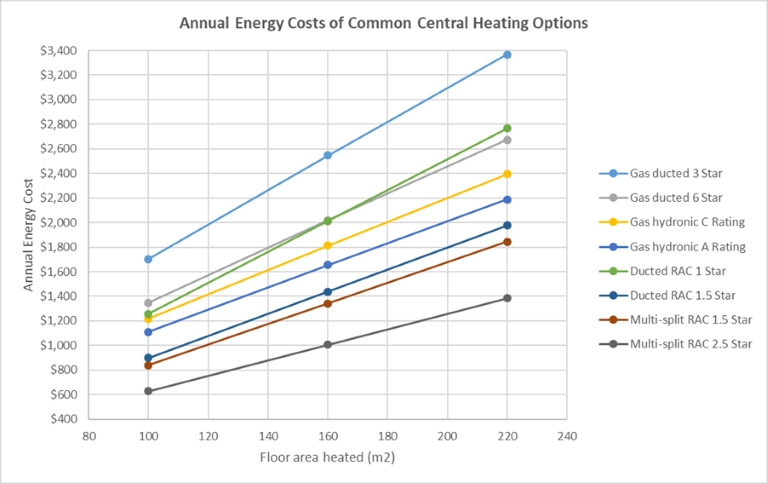
Hydronic systems, on the other hand, are highly efficient, which can be attributed to their radiant heat delivery that allows surfaces to retain warmth longer. While the installation and set-up costs are higher, it’s known for being very efficient once fully operational.
Hydronic heating also doesn’t rely on blowing air, which also reduces energy waste and provides a more consistent indoor climate.
A hydronic system offers a level of thermal comfort that’s practically unmatched by anything on the market today. The heat is gentle and consistent, and the system runs silently, making it ideal for bedrooms and living areas. There’s no air movement, which also makes it suitable for those with asthma or allergies. It’s versatile, too, with the ability to heat floors, walls, or even outdoor spaces like patios.
Ducted systems have the capacity to heat an entire home quickly and effectively, although in this sense, electric is the much better option. With the right zoning and controls, you can choose which rooms to heat and when. Many systems now offer add-on cooling for summer, turning them into a year-round climate solution.
If you’re after silent operation, radiant comfort, and long-term efficiency, hydronic heating is a strong choice, especially for allergy-prone households or homes undergoing renovations.
If your priority is fast, whole-home heating with smart control and cooling options, ducted heating could be the more practical solution, especially if you opt for electric instead of gas. Over recent years, electric ducted heating has proven consistently to be more energy efficient and cost-effective than conventional gas.
Not everyone needs hydronic or ducted heating. In fact, there are many circumstances where either a single wall-mounted unit or multiple split systems in different rooms will certainly do the trick.
There are also a fantastic range of split systems available, and many great brands to choose from. Newer units offer everything from whisper quiet operation to power saving modes, excellent airflow, smart device connectivity, and most importantly, the ability to effortlessly switch between heating and cooling.
Whether you’re after split systems in Brighton, Hawthorn, Warrandyte, or anywhere in between, simply reach out to us today and chat with an expert!
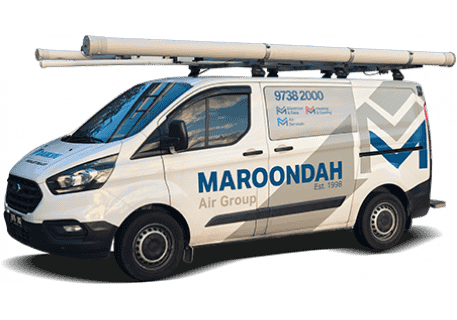
Whichever system you choose, professional installation is essential. Poor installation of hydronic heating can lead to serious issues like water or gas leaks, while incorrectly installed ducted systems may cause uneven Hydronic Heating vs Gas Ducted Heating: Which One Should I Choose?heating, noisy ducts, or sky-high bills.
At Maroondah Air, we’ve proudly served Melbourne families and businesses for over 25 years. Our licensed team provides expert advice, free in-home quotes, and a 6-year certificate of compliance with every installation.
From ducted heating to hydronic heating and split systems, our Melbourne based team is here to make this winter your most warm, cosy, and comfortable yet.
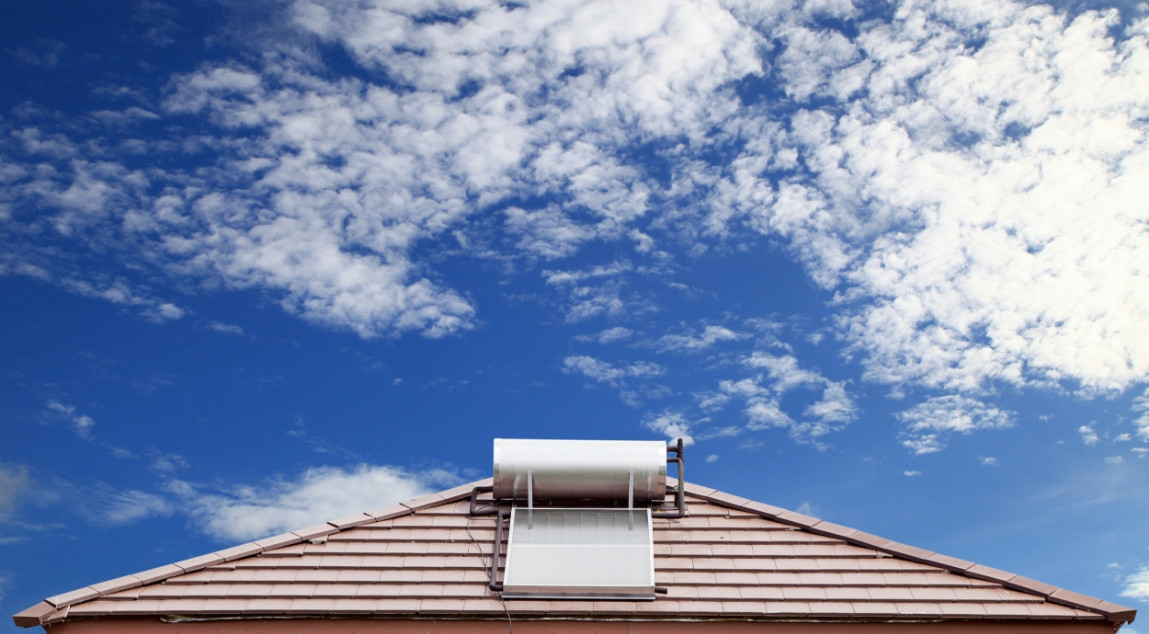
Looking to go gas free in Victoria? You’re not alone. Both on a local and national level, a major push is being made to help property owners transition away from gas based appliances and embrace more efficient carbon-friendly options. Effective Jan 1, 2024, Victoria’s Gas Substitution Roadmap will officially begin. This initiative not only aims […]
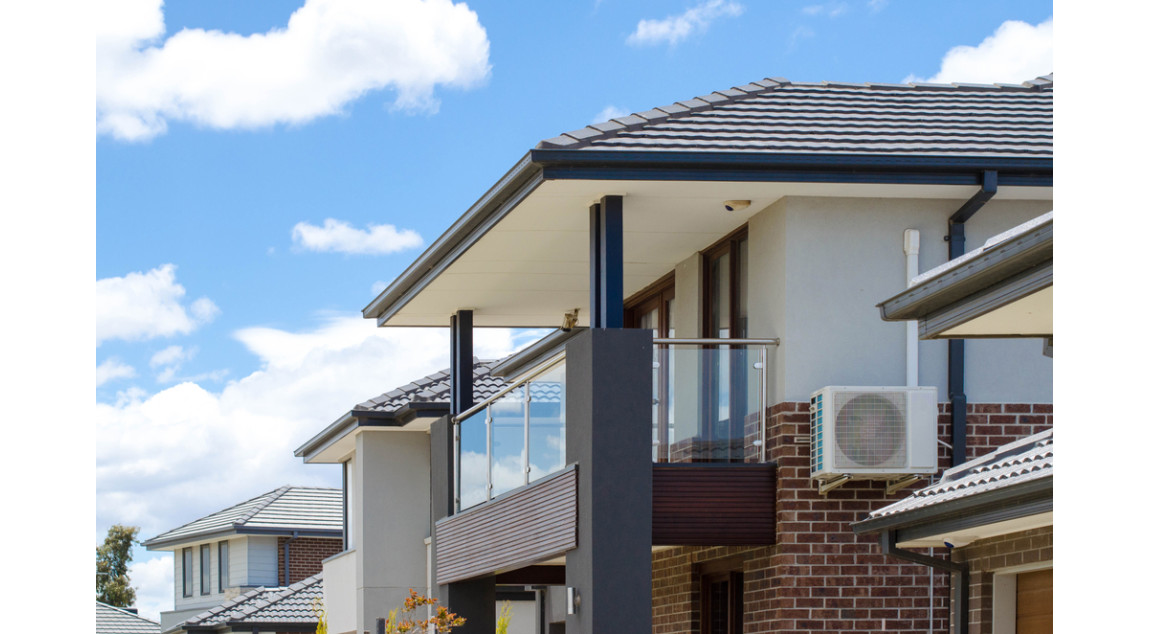
As one of Melbourne’s leading heating and cooling companies, we have some expert tips and advice to keep you comfortable and cool. From rebates to cutting edge air conditioning systems, there are various steps you can take.
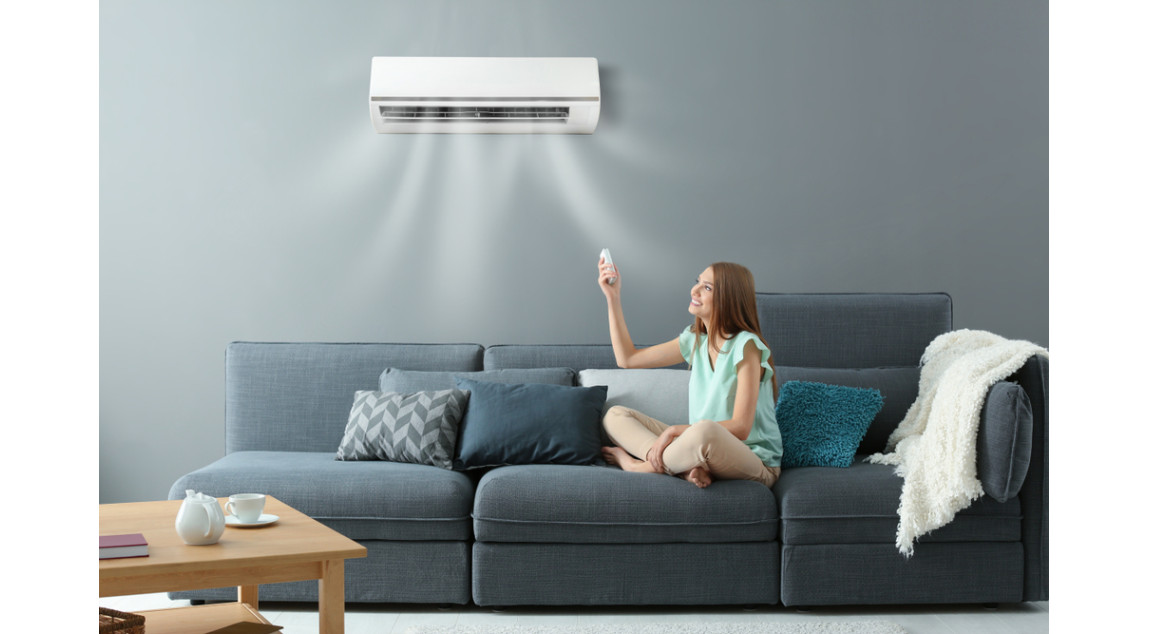
Whether you’re upgrading, fitting out a new property, or simply want to stay ready for the warm weather, we’re here to break down the best and brightest split systems available this summer.
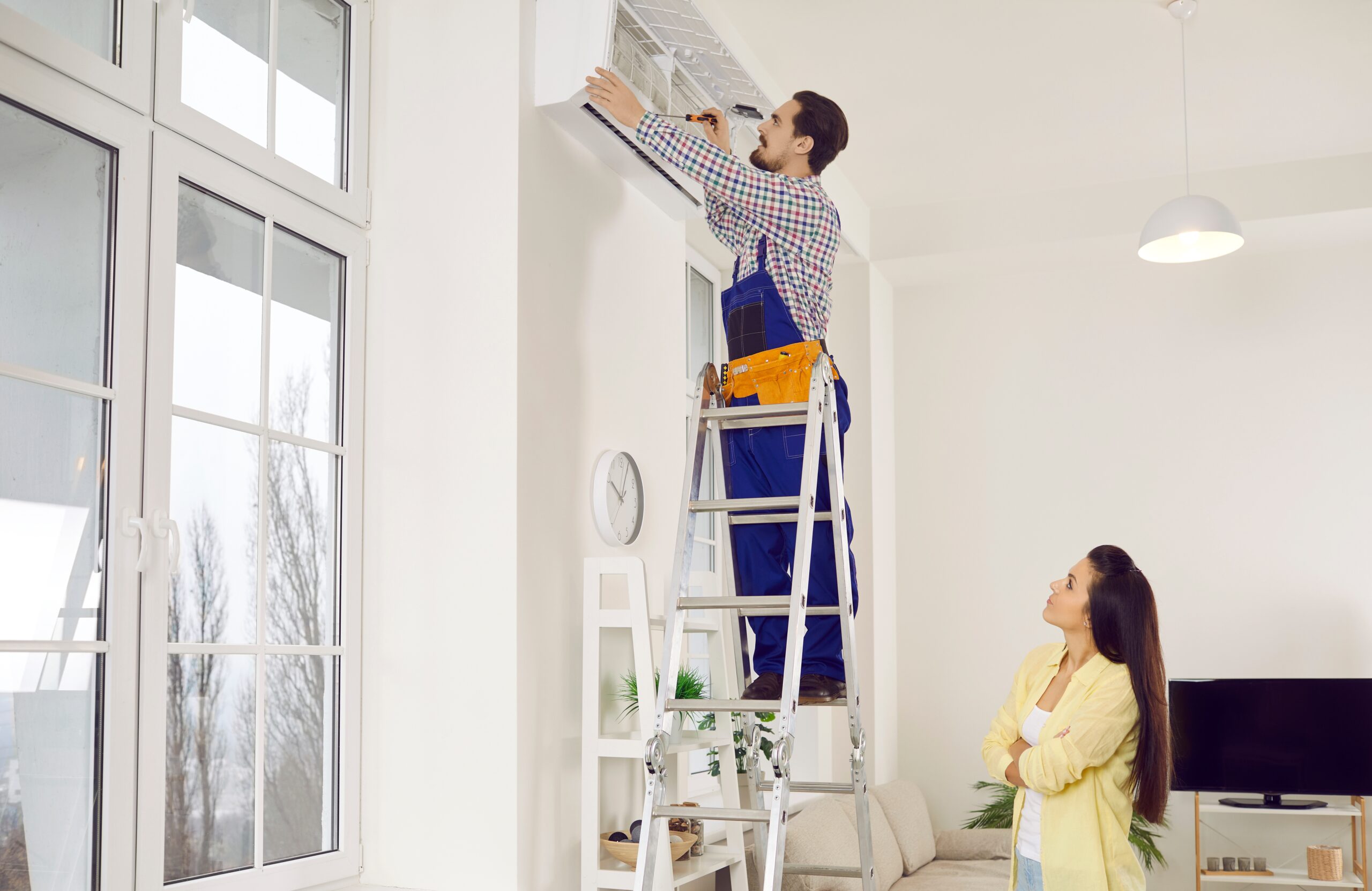
A new air conditioning system is a big investment for any home and business. While the unit and brand is an important consideration, so is the company you choose. From the initial installation to ongoing servicing and repairs, you need someone that you can trust, respect, and depend on in a crunch. These days, heating […]
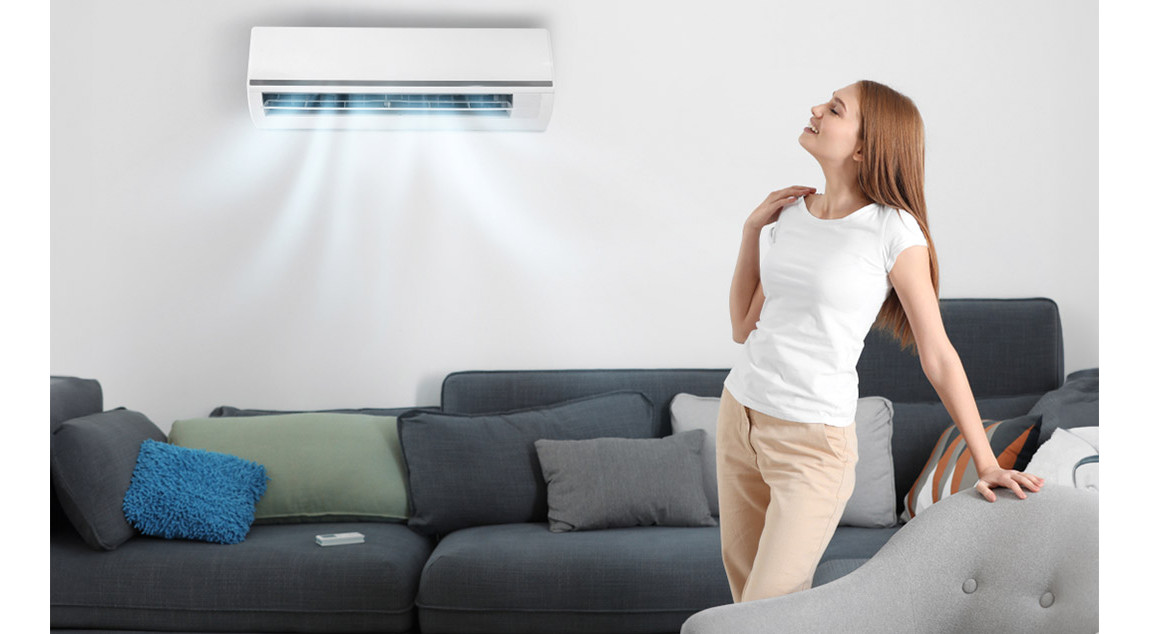
On a global level, our weather is becoming more unpredictable and extreme than ever. Australia is certainly no exception to the rule. In response, we’re all searching for ways to cope and be as comfortable as possible. Luckily, this is where split systems really fit the bill. Unless you’ve recently undertaken a renovation or bought […]
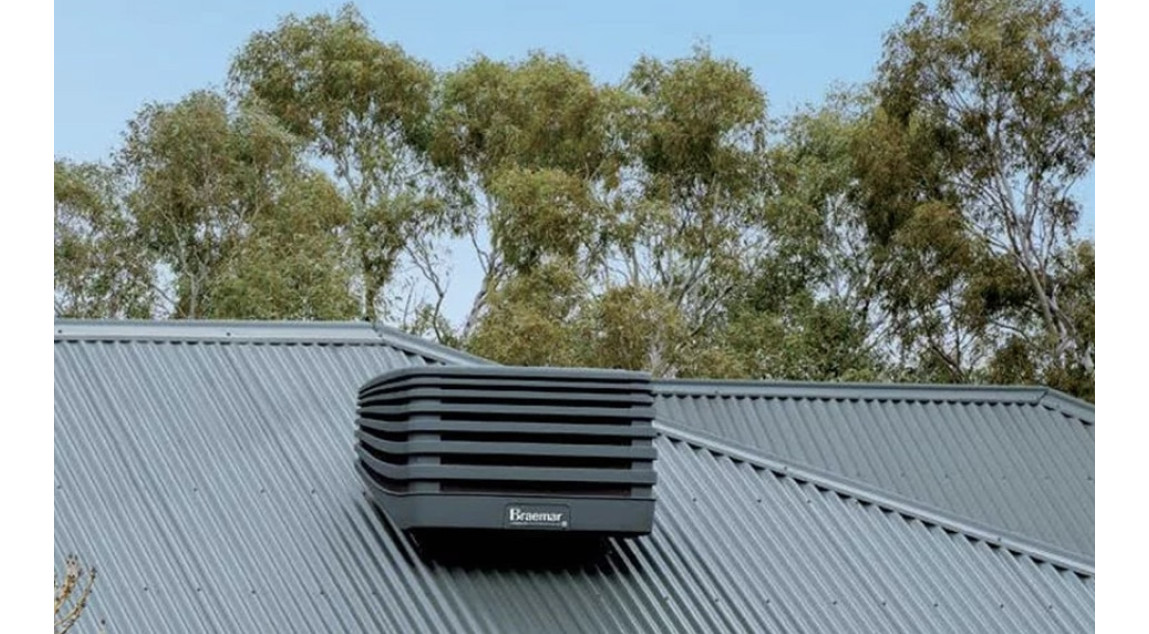
While split systems tend to get a lot of attention, there are many other great forms of air conditioning available. Today, we are going to shine a light on a highly regarded alternative–evaporative cooling systems. Often dubbed the most natural and eco-friendly form of air conditioning, evaporation coolers are available as both stand alone units […]
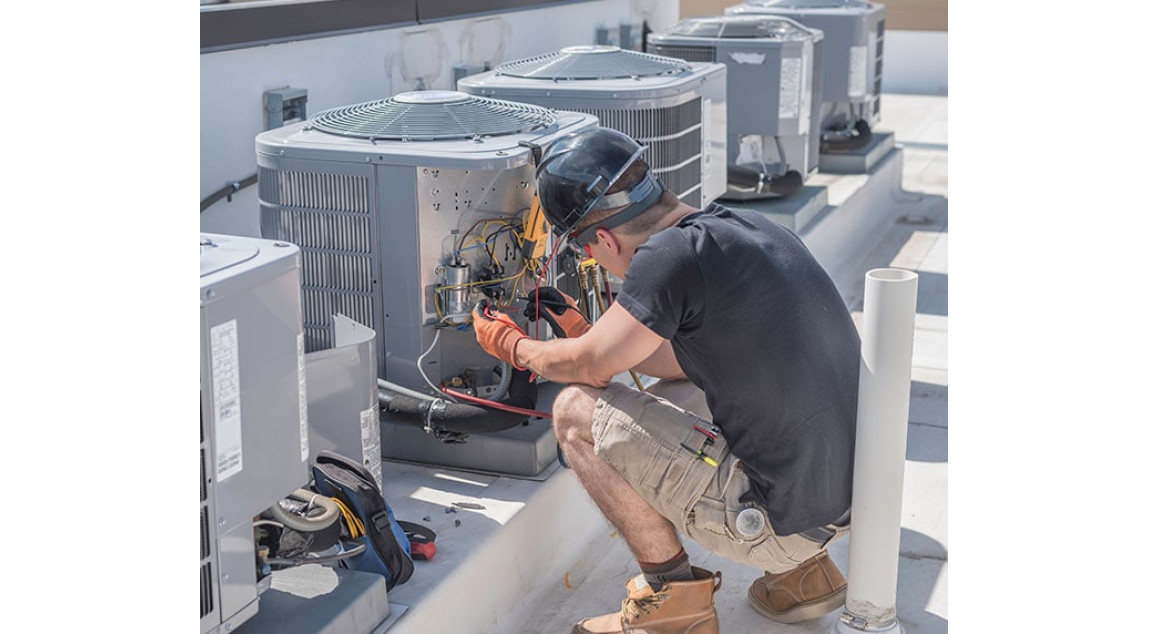
Your air conditioner won’t always last forever, but regular servicing sure helps to extend its lifespan. If you’re using the unit on a regular basis, this places a strain on all of its components, which can quickly lead to costly repairs.
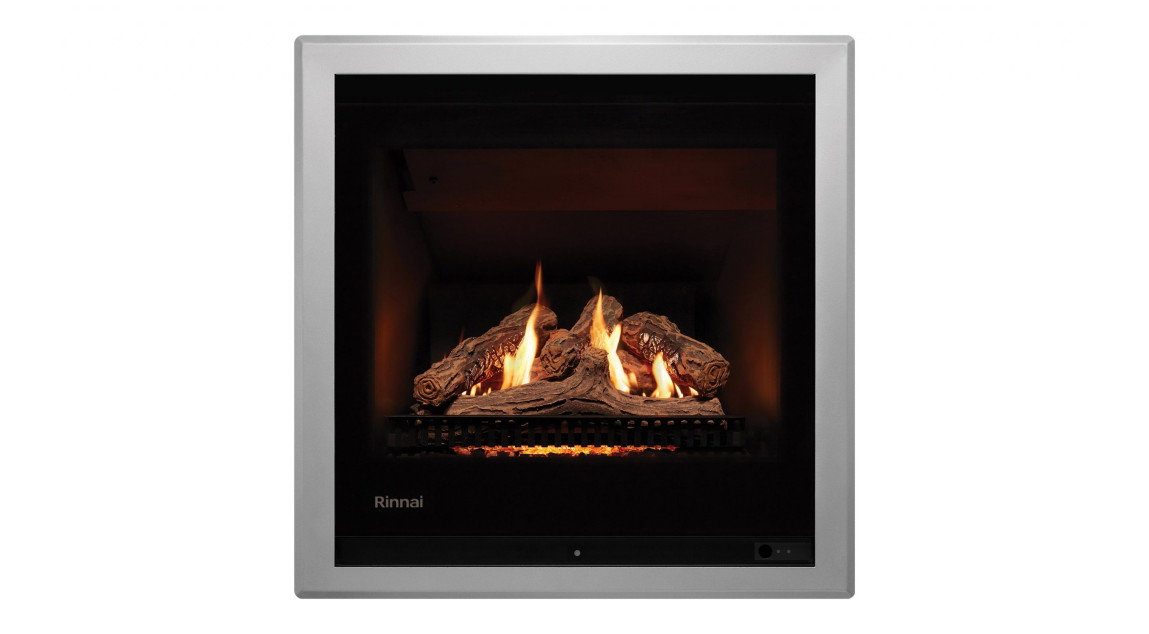
Whether you want to retrofit a gas log fire into your existing fireplace or fit one into a newly built home, there’s never been a better time to invest in a brand new Rinnai log fire. Let’s explore why right now.
Types of Rinnai Gas Log Fires
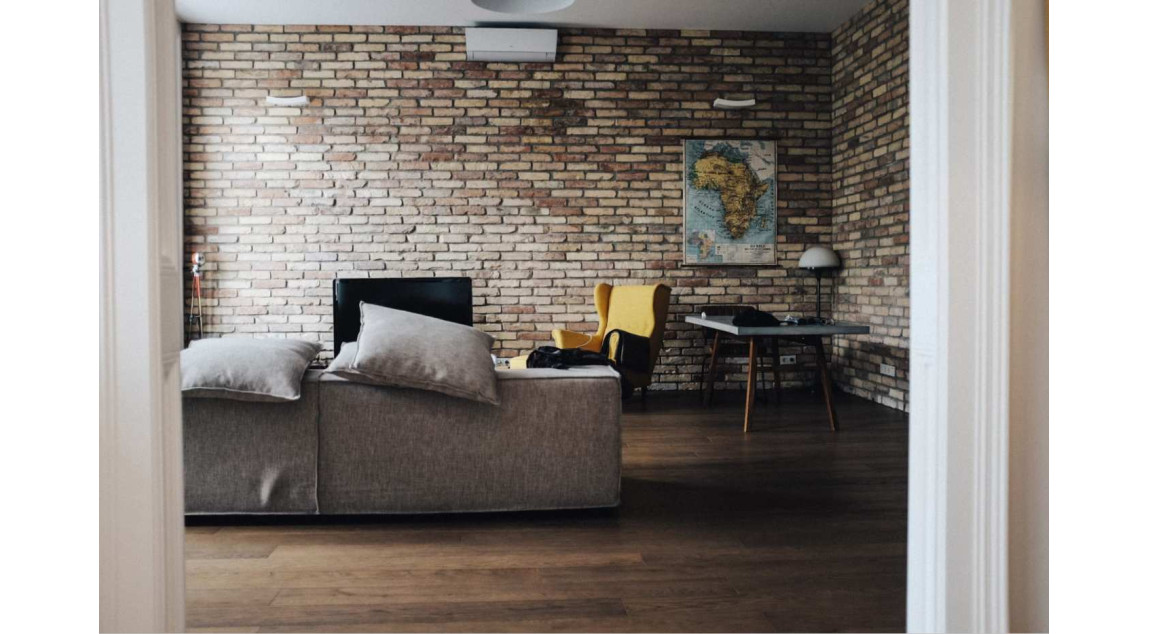
Inflation and cost-of-living pressures are undoubtedly two of the biggest challenges that Melbournians currently face. While we are unable to control the cost of petrol and supermarket items, there are some ways to cut down and save money. Today, we’re going to focus on heating and cooling and highlight some ways that you can save […]
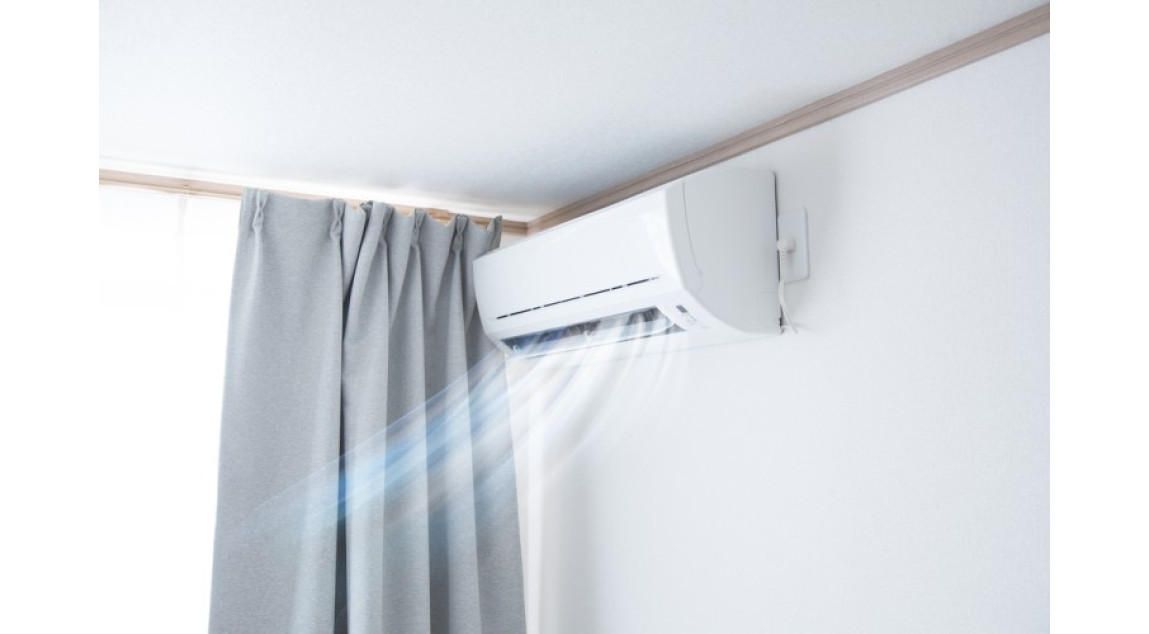
Air conditioning plays an incredibly important role in all of our lives. From home to work, shopping centres and public transport, we rely on these systems almost every day. As our need for reliable AC continues to grow, so does the capacity and functionality of modern air conditioning units. Without a doubt, split systems are […]